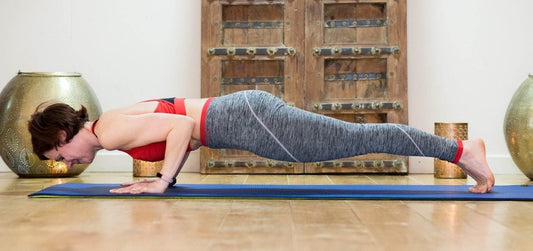The importance of strength and conditioning as an endurance athlete
Are you plagued by injury or feeling stagnant with your training and race results? You want that cutting edge but your...
Fact vs Fiction: 10 common health and fitness myths debunked
There is a colossal amount of information available to us about fitness, which is frequently contradictory. It is often hard...
Product Recommendations: how to look the part whilst training
There is something to be said about the power of a flattering and stylish activewear outfit and its ability to...
Small ways to make time for movement when you feel like you have no time
Regular exercise often helps to reduce stress and improve cognitive function; however, it is not always possible to make time...
Training Tips: Knowing whether to take a break from your training or push on
Too much of anything is never a good thing, even when it comes to exercise. In the same respect that...
Guide to using microgoals in your training
Have you ever started a long run and thought, ‘I am never going to get through this!’ Or finished the first...
May Ling Perry-Foo - Yoga Instructor and Ambassador
How did you first discover your love for yoga? Wanting to release tension from my back and shoulders, I was told...
No equipment home workouts for all ages and abilities
Get your daily dose of movement with home workouts that require nothing but motivation to get them done. No matter what your...









